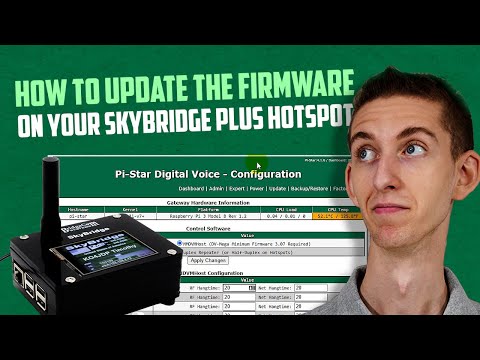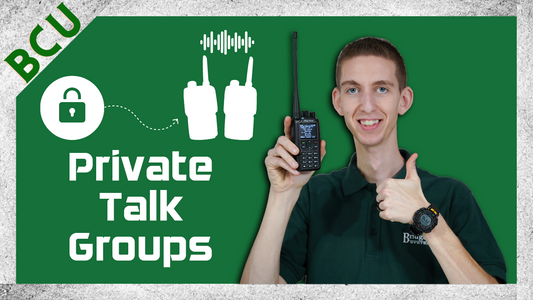BridgeCom Official Blog

How to Update the Firmware on Your Skybridge Plus Hotspot
When there's a new feature coming out, or you just want to make sure you're up-to-date with the latest and greatest firmware, it's important that you know how to update the...
Read nowHow to Update the Firmware on Your Skybridge Plus Hotspot
When there's a new feature coming out, or you just want to make sure you're up-to-date with the latest and greatest firmware, it's important that you know how to update the...
Read now
How to Join the BridgeCom Plus Discord Server
This article is intended for BridgeCom Plus members and provides steps to join our BridgeCom Plus Discord Server. If you would like to gain access to this exclusive private discord...
Read nowHow to Join the BridgeCom Plus Discord Server
This article is intended for BridgeCom Plus members and provides steps to join our BridgeCom Plus Discord Server. If you would like to gain access to this exclusive private discord...
Read now
Benefits of Two-Way Radio During Emergencies
We all know two-way radio is one of the most useful forms of communication in the world today. It's used in almost every type of industry by construction workers, security...
Read nowBenefits of Two-Way Radio During Emergencies
We all know two-way radio is one of the most useful forms of communication in the world today. It's used in almost every type of industry by construction workers, security...
Read now
How to Add a Talkgroup to Your Radio That's Not In Your Codeplug
Everyone has encountered a situation where a certain talkgroup catches your eye, and you know you want to join. All the things they talk about fall exactly in line with what your...
Read nowHow to Add a Talkgroup to Your Radio That's Not In Your Codeplug
Everyone has encountered a situation where a certain talkgroup catches your eye, and you know you want to join. All the things they talk about fall exactly in line with what your...
Read now
How To Set Up a Private Talkgroup
Want to set up a Private DMR Talkgroup for just your friends or your family? A privatized talkgroup is an awesome way to be able to take control of your...
Read nowHow To Set Up a Private Talkgroup
Want to set up a Private DMR Talkgroup for just your friends or your family? A privatized talkgroup is an awesome way to be able to take control of your...
Read now
How to Program a Shortcut Button for Talkgroup Disconnect
If your radio is chalked full of talkgroups, there's no sense in constantly having to scroll back to 'talkgroup disconnect' to switch to another talkgroup. By programming the Pf3 Key...
Read nowHow to Program a Shortcut Button for Talkgroup Disconnect
If your radio is chalked full of talkgroups, there's no sense in constantly having to scroll back to 'talkgroup disconnect' to switch to another talkgroup. By programming the Pf3 Key...
Read now





